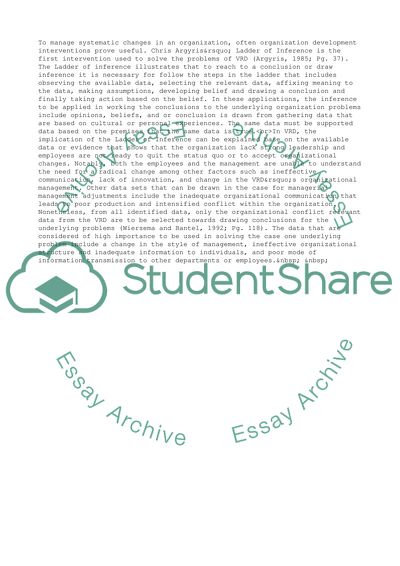Cite this document
(Interventions and Modes Applied for Correcting the Lame Organizational Case Study, n.d.)
Interventions and Modes Applied for Correcting the Lame Organizational Case Study. Retrieved from https://studentshare.org/management/1648370-case-study-organisational-development
Interventions and Modes Applied for Correcting the Lame Organizational Case Study. Retrieved from https://studentshare.org/management/1648370-case-study-organisational-development
(Interventions and Modes Applied for Correcting the Lame Organizational Case Study)
Interventions and Modes Applied for Correcting the Lame Organizational Case Study. https://studentshare.org/management/1648370-case-study-organisational-development.
Interventions and Modes Applied for Correcting the Lame Organizational Case Study. https://studentshare.org/management/1648370-case-study-organisational-development.
“Interventions and Modes Applied for Correcting the Lame Organizational Case Study”, n.d. https://studentshare.org/management/1648370-case-study-organisational-development.


